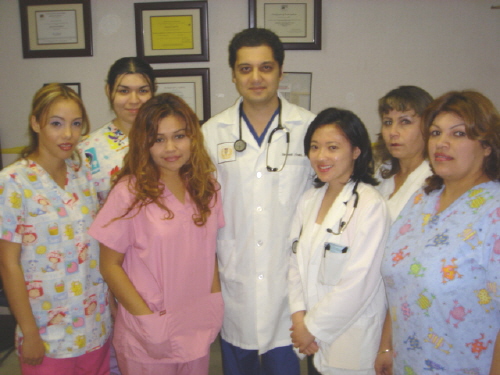|
As syphilis is a great Imitator in world of medicine , it is absolutely not recommended to get self tested by internet testing websites . It is a serious disease and need to be evaluated and diagnosed by experience physician only.
|
|
|
"Syphilis is like termite in house, sometimes by the time you find out is too late and the house is about to collapse" Dr. Arani, M.D |
Syphilis commonly foul doctors, therefore examiners must not look only for typical syphilis sore or presentation. It mimic other common rash and symptom. Case after case we encounter patients with pimple like rash or allergy like presentation on genital which turn in to be full blown syphilis. Clinician must have syphilis in mind while testing for STD or looking for differential diagnosis.
Syphilis is a sexually transmitted disease (STD) caused by the bacterium Treponema pallidum. It has often been called “the great imitator” because so many of the signs and symptoms are indistinguishable from those of other diseases.
Signs and Symptom
"Many people infected with syphilis do not have any symptoms for years, yet remain at risk for late complications if they are not treated. Although transmission appears to occur from persons with sores who are in the primary or secondary stage, many of these sores are unrecognized. Thus, most transmission is from persons who are unaware of their infection.
The chancres are painless and usually heal on their own in about 3-6 weeks.
-
If left undiagnosed and untreated, the disease then progresses into the second stage marked by the development of a rash on the palms of the hands or on the soles of the feet. The rash does not itch. Sometimes the rash is so faint it is unnoticeable. Because of such symptoms, it is possible to have syphilis and not know it.
-
Second stage symptoms may also include fever, sore throat, and headaches. Once the second stage symptoms disappear, the disease progresses into the latent stage that may lead to damage of the cardiovascular and neurological systems. This damage may eventually lead to death.
Syphilis, Blindness and Stroke:
Untreated syphilis may lead to neurosyphilis (It means syphilis has gone to brain or spinal cord) which it can cause stroke and blindness. http://www.msnbc.msn.com/id/19491289/
some of the symptom if patient is symptomatic is as follow:
Visual disturbances
Headache
Stiff neck
Irritability
Poor concentration
Mental confusion
Depression
Abnormal reflexes
Incontinence
Weakness, numbness of lower extremities
Loss of muscle function
Muscle contractions
Muscle atrophy
Dementia
Abnormal gait
blindness
stroke
Can a newborn get syphilis?
Yes. A pregnant women with syphilis can pass the disease to her baby.
How is syphilis diagnosed?
Only a blood test analyzed in a laboratory and examination by a health care provider can confirm whether someone has syphilis.
What is the link between syphilis and HIV?
The genital sores caused by syphilis make it easier to transmit and get HIV infection sexually because they can bleed easily, increasing the infectiousness of and susceptibility to HIV. There is a 2- to 5-fold increased risk of getting HIV infection when syphilis is present.
Is there a cure for syphilis?
Yes. Varying dosages of penicillin or other antibiotics are effective in treating syphilis under doctor order only
How can people protect themselves against infection?
Syphilis prevention methods (or strategies) can include abstinence, monogamy, i.e., being faithful to a single sex partner, or using condoms consistently and correctly. These approaches can avoid risk (abstinence) or effectively reduce risk for getting syphilis (monogamy, consistent and correct condom use).
Primary Stage
The primary stage of syphilis is usually marked by the appearance of a single sore (called a chancre), but there may be multiple sores. The time between infection with syphilis and the start of the first symptom can range from 10 to 90 days (average 21 days). The chancre is usually firm, round, small, and painless. It appears at the spot where syphilis entered the body. The chancre lasts 3 to 6 weeks, and it heals without treatment. However, if adequate treatment is not administered, the infection progresses to the secondary stage.
Secondary Stage
Skin rash and mucous membrane lesions characterize the secondary stage. This stage typically starts with the development of a rash on one or more areas of the body. The rash usually does not cause itching. Rashes associated with secondary syphilis can appear as the chancre is healing or several weeks after the chancre has healed. The characteristic rash of secondary syphilis may appear as rough, red, or reddish brown spots both on the palms of the hands and the bottoms of the feet. However, rashes with a different appearance may occur on other parts of the body, sometimes resembling rashes caused by other diseases. Sometimes rashes associated with secondary syphilis are so faint that they are not noticed. In addition to rashes, symptoms of secondary syphilis may include fever, swollen lymph glands, sore throat, patchy hair loss, headaches, weight loss, muscle aches, and fatigue. The signs and symptoms of secondary syphilis will resolve with or without treatment, but without treatment, the infection will progress to the latent and late stages of disease.
Late Stage
The latent (hidden) stage of syphilis begins when secondary symptoms disappear. Without treatment, the infected person will continue to have syphilis even though there are no signs or symptoms; infection remains in the body. In the late stages of syphilis, it may subsequently damage the internal organs, including the brain, nerves, eyes, heart, blood vessels, liver, bones, and joints. This internal damage may show up many years later. Signs and symptoms of the late stage of syphilis include difficulty coordinating muscle movements, paralysis, numbness, gradual blindness, and dementia. This damage may be serious enough to cause death.
Genital sores (chancres) caused by syphilis make it easier to transmit and acquire HIV infection sexually. There is an estimated 2- to 5-fold increased risk of acquiring HIV infection when syphilis is present.
Ulcerative STDs that cause sores, ulcers, or breaks in the skin or mucous membranes, such as syphilis, disrupt barriers that provide protection against infections. The genital ulcers caused by syphilis can bleed easily, and when they come into contact with oral and rectal mucosa during sex, increase the infectiousness of and susceptibility to HIV. Having other STDs is also an important predictor for becoming HIV infected because STDs are a marker for behaviors associated with HIV transmission.
Syphilis is easy to cure in its early stages. A single intramuscular injection of penicillin, an antibiotic, will cure a person who has had syphilis for less than a year. Additional doses are needed to treat someone who has had syphilis for longer than a year. For people who are allergic to penicillin, other antibiotics are available to treat syphilis. There are no home remedies or over-the-counter drugs that will cure syphilis. Treatment will kill the syphilis bacterium and prevent further damage, but it will not repair damage already done.
Because effective treatment is available, it is important that persons be screened for syphilis on an on-going basis if their sexual behaviors put them at risk for STDs.
Persons who receive syphilis treatment must abstain from sexual contact with new partners until the syphilis sores are completely healed. Persons with syphilis must notify their sex partners so that they also can be tested and receive treatment if necessary.
Having syphilis once does not protect a person from getting it again. Following successful treatment, people can still be susceptible to re-infection. Only laboratory tests can confirm whether someone has syphilis. Because syphilis sores can be hidden in the vagina, rectum, or mouth, it may not be obvious that a sex partner has syphilis. Talking with a health care provider will help to determine the need to be re-tested for syphilis after treatment has been received." Refer to CDC website for above info reference
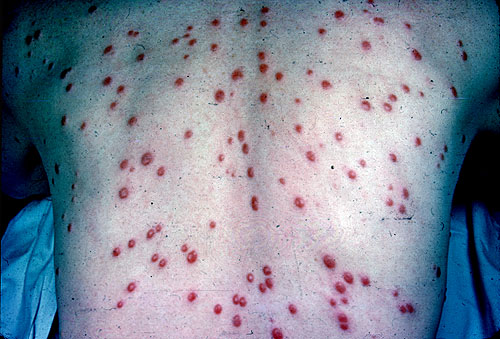 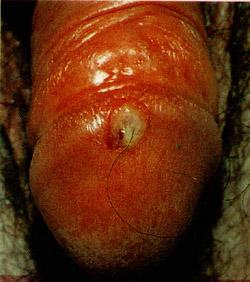 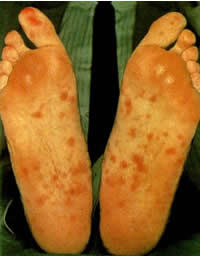 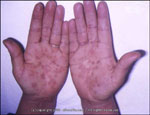 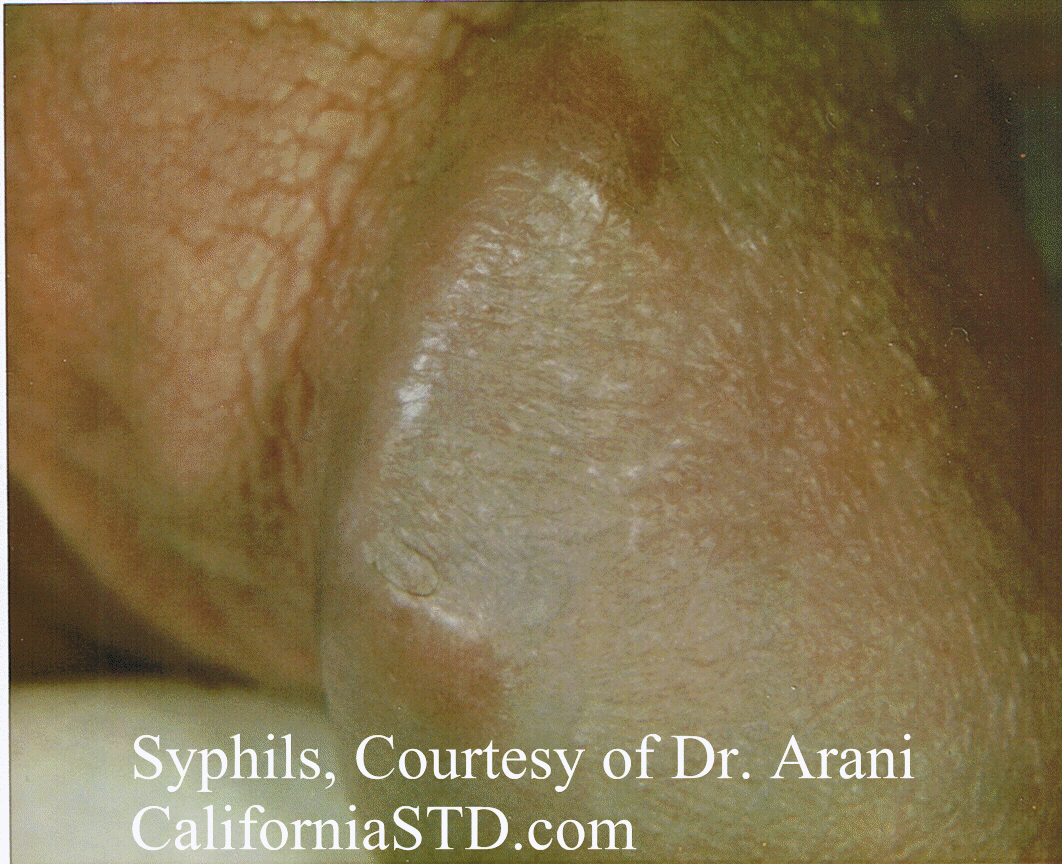
(323) 231-6000
Welcome Walk in
4524 S San Pedro Place
Los Angeles, CA 90011 | 



















